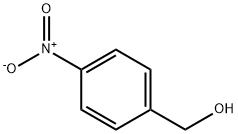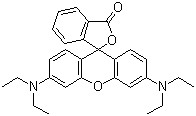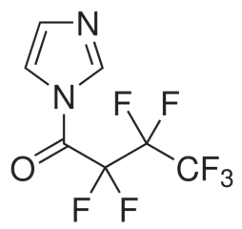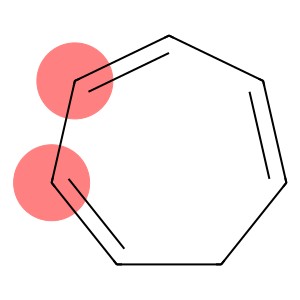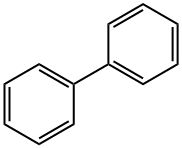4-Nitrobenzyl alcohol(CAS# 619-73-8)
| Risk Codes | R36/37/38 – Irritating to eyes, respiratory system and skin. R34 – Causes burns R11 – Highly Flammable R22 – Harmful if swallowed |
| Safety Description | S22 – Do not breathe dust. S24/25 – Avoid contact with skin and eyes. S36/37/39 – Wear suitable protective clothing, gloves and eye/face protection. S26 – In case of contact with eyes, rinse immediately with plenty of water and seek medical advice. S45 – In case of accident or if you feel unwell, seek medical advice immediately (show the label whenever possible.) S16 – Keep away from sources of ignition. |
| WGK Germany | 3 |
| RTECS | DP0657100 |
| FLUKA BRAND F CODES | 8 |
| TSCA | Yes |
| HS Code | 29062900 |
| Hazard Note | Irritant |
Introduction
4-nitrobenzyl alcohol. The following is an introduction to the properties, uses, preparation methods and safety information of 4-nitrobenzyl alcohol:
Quality:
- 4-Nitrobenzyl alcohol is a colorless crystalline solid with a faint aromatic odor.
- It is stable at room temperature and pressure, but it may cause an explosion when exposed to heat, vibration, friction or contact with other substances.
- It can be dissolved in organic solvents such as alcohols, ethers, and chlorinated hydrocarbons, and slightly soluble in water.
Use:
- 4-nitrobenzyl alcohol is an important intermediate in organic synthesis and is widely used in the preparation of a range of chemicals.
Method:
- 4-Nitrobenzyl alcohol can be obtained by the reduction reaction of p-nitrobenzene with sodium hydroxide hydrate. There are many specific conditions and methods for the reaction, which are generally carried out under acidic or alkaline conditions.
Safety Information:
- 4-Nitrobenzyl alcohol is explosive and should be kept away from open flames and high temperatures.
- Wear appropriate personal protective equipment such as lab gloves, goggles, and protective clothing when operating.
- Strict compliance with relevant safe operating practices and regulations should be observed during storage and handling.
- Pay attention to environmental protection and comply with relevant regulations and standards when using or disposing of them.


